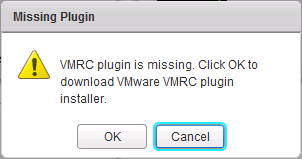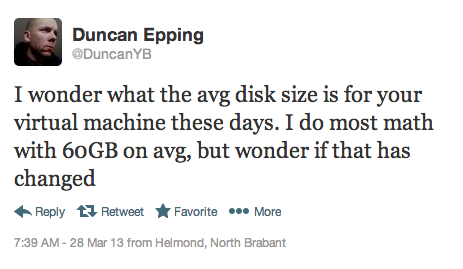It has been quite some time since I have written anything on here (Almost 1.5 years!) and quite a bit has changed in that time. You probably noticed I re-designed the whole site, but what you may not have noticed is that I ported the whole thing to a static blogging engine called Hugo. This process is something that has been on my to-do list forever and kept me writing anything. The more I wrote the more I would have to convert (Hugo uses Markdown to store its posts, Wordpress does not), so I kept putting it off. More on that later.
I also have shifted the focus of my work towards automation and immutable infrastructure and I have quite a bit to write about the things I have learned doing that I have learned along the way. I am pretty excited about a few of the posts I have brewing on those subjects.


